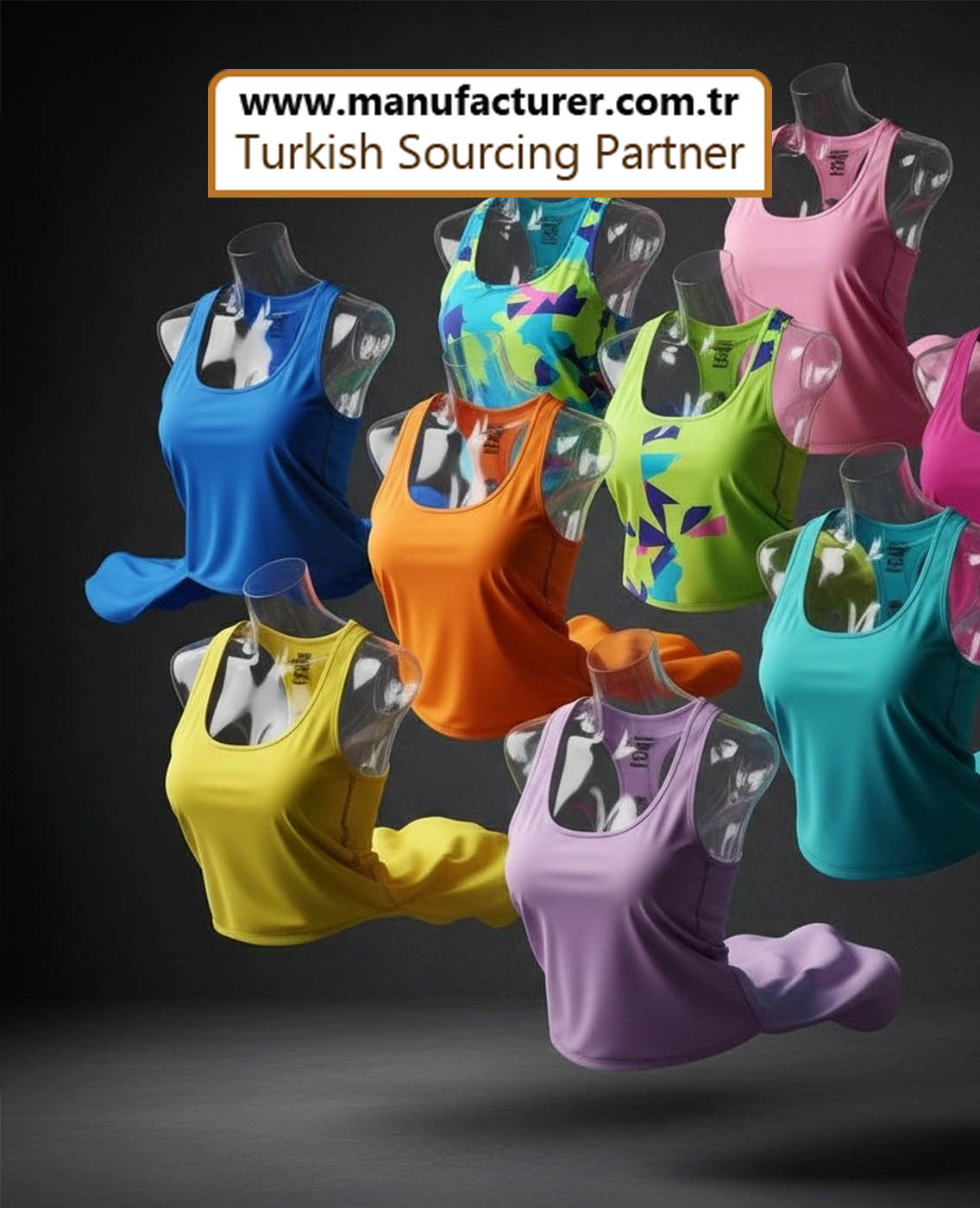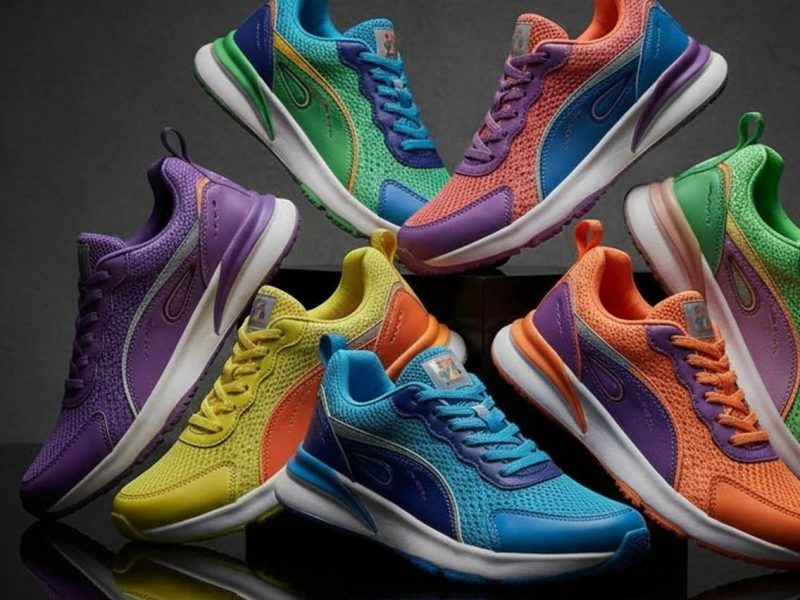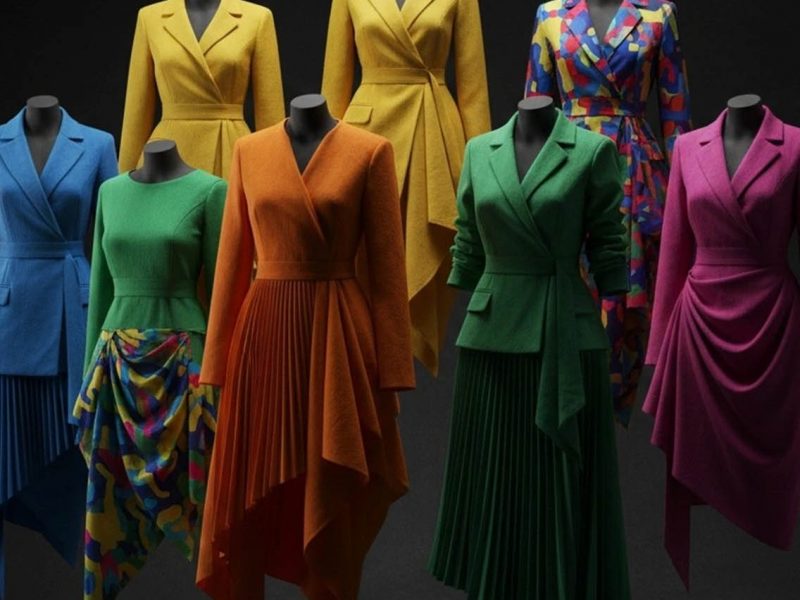Tank Top Production Costs in Turkey
Cost Structure Realities in Turkish Tank Top Sector
Tank top production may seem simple, but it actually requires meticulous cost calculation. Decisions made at each stage directly reflect on the final price. Every detail from fabric selection to final inspection has its own specific cost impact.
Determining Role of Fabric Costs
Raw material expenses constitute more than half of tank top costs. Since cotton prices fluctuate in global markets, manufacturers constantly have to develop strategies.
The difference between basic cotton fabric and premium blends shows itself not only in quality but also in customer perception. Athletic fabrics are evaluated in a separate price category due to their moisture-wicking properties.
The knit structure issue is a factor that most people don’t pay attention to but affects cost. Although single jersey is an economical choice, when rib knit is preferred for durability, cost increase becomes inevitable. Rib bands used especially at necklines and armholes are among the elements that increase total fabric consumption.
Regional Labor Differences
There is a wage difference between an operator sewing tank tops in Istanbul and their colleague in Çorum. This situation stems not only from the difference in cost of living but also from the difficulty of finding experienced workers.
Even a seemingly simple product like a tank top requires experienced hands for quality production. The neckline attachment process alone is a critical stage that determines the product’s appearance when worn. Operators who can perform this process quickly and properly become sought after in the market.
Machine Investments and Operational Expenses
Modern tank top production requires coordinated operation of different equipment such as flat machines, overlock, and binding machines. Each machine’s maintenance costs, energy consumption, and operator needs create separate cost items.
High-speed overlock machines, in particular, are indispensable elements of tank top production. When these machines are adjusted incorrectly, rippling problems occur in the fabric, putting the entire batch at risk.
Order Volume Realities
In small orders, machine setup time can be longer than production time. Therefore, minimum order quantities are determined from economic necessity. The unit cost difference between a 500-piece order and a 5,000-piece order sometimes reaches surprising dimensions.
This is why major brands constantly work with the same manufacturers. Regular high-volume orders provide both cost advantages to the manufacturer and price stability to the brand.
Quality Control and Additional Processes
In the premium segment, length and width tolerances are controlled with millimetric precision. This means additional personnel and time. Operations such as special label sewing, packaging, and shipping preparation create invisible cost items.
Some manufacturers include these additional services in the main price, while others bill them separately. This situation can lead to misleading results in quotation comparisons.
This cost structure analysis is based on our observations in the sector.
Contact Us Immediately for Your Production Requests
With our extensive network of 300+ distinguished textile manufacturers, we provide fast solutions for all your textile production needs. To direct you to our expert partners who produce for premium brands, please share your product details and the quantities you wish to produce per model through the following communication channels.




